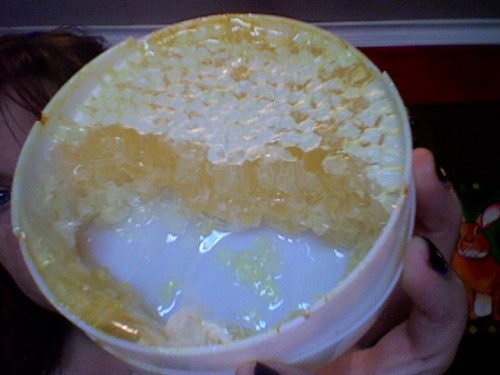I thought I would share some sounds of our bees. We're down from 8 eight hives from the beginning of spring to six. One of the new hives failed (something happened with the queen) and the red hive...well she swarmed and no new queen hatched afterwards. We combined her remnants with another hive so her workers had a shot at life in another hive. While we were doing all of this, I took the opportunity to record some sounds of a hive. Below is a healthy, strong, two year old colony. Note the buzzing is in unison. You will hear a nearby individual bee because she is close to the microphone, but you can hear how her buzzing fits in with the over all din of the hive. You'll also hear a second individual buzz--that's from a bee landing. This sound was taken after we had done a minor inspection, so the girls were a little bit on edge.
[youtube]http://www.youtube.com/watch?v=a_dHJjMT2BE[/youtube]
Now, here is the sound of a queenless colony (you'll also hear Mr. Neil explaining some bee technique to a guest in the background). But note in this video that the buzzing is all over the place, it's not cohesive, it's not in unison. It's a quieter hive and you make out almost all individual bees. The buzzing is dissonant and in some cases the buzzing almost cries out like a question: what am I supposed to be doing?
[youtube]http://www.youtube.com/watch?v=cN8O4_PxOsA&feature=channel[/youtube]
Bees have duties according to their ages. When they first hatch, they are nurse bees--tending larvae, maintaining pupating cells, feeding the young. As they get older, they more on to construction and eventually become foragers who look for pollen and nectar. Without a queen with a strong pheromone to hold them to hive there is no larvae to tend. Some workers will suddenly develop ovaries and try to lay eggs (which end up as deformed drones) since there is no larvae to tend too. The hive is in chaos and disarray. I think you can hear that in a queenless hive by the sad dissonant buzzing.
But then there is my favorite sound: the quiet of a new hive. Below is one of the hives we installed this year. As we do a quick inspection, the bees on this roof are buzzing quietly and contentedly. They also seem more curious about what you are doing to the abode, rather than defensive. Their buzzing is so quiet, you can barely hear it:
http://www.youtube.com/watch?v=sNKNAj1nXRE&feature=channel
Aren't they just so cute when they are like that? Popping up their little heads to get a better look at your. I love it. I think bees are cute anyway--all furry and golden! In that last video, they also do that thing that rabbits do--kind of wiping their faces with their front...well, not paws...I guess, appendages. They are so endearing when they are like that.

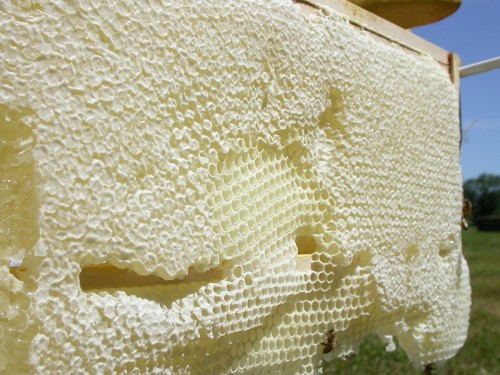 It's that special time of year when
It's that special time of year when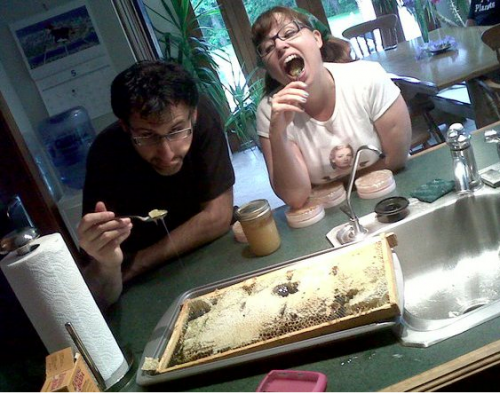




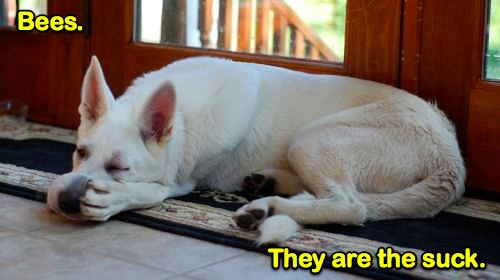




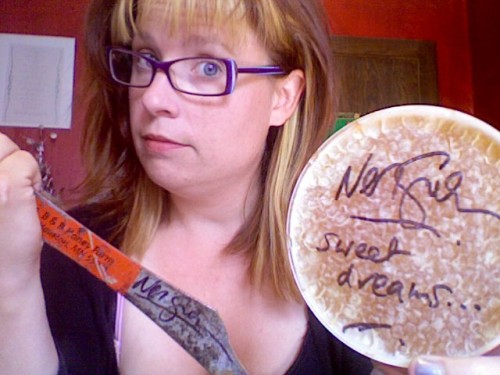 Just an FYI: if you are at
Just an FYI: if you are at 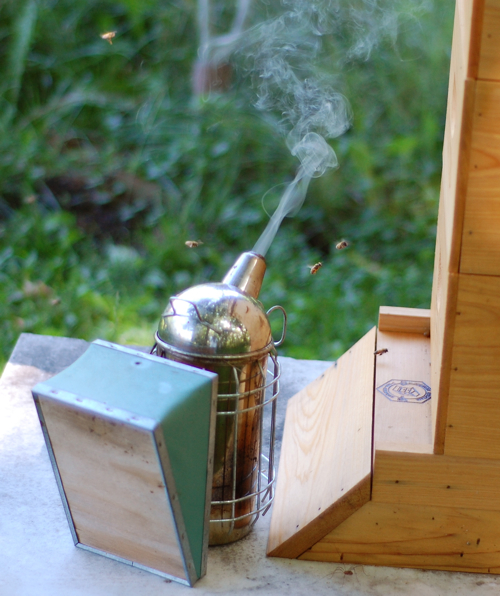
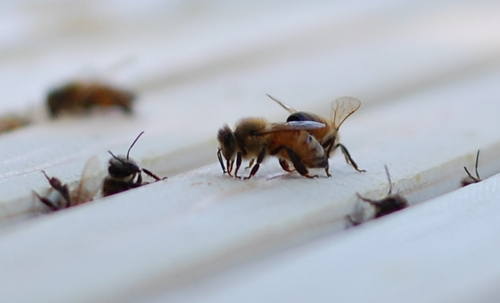
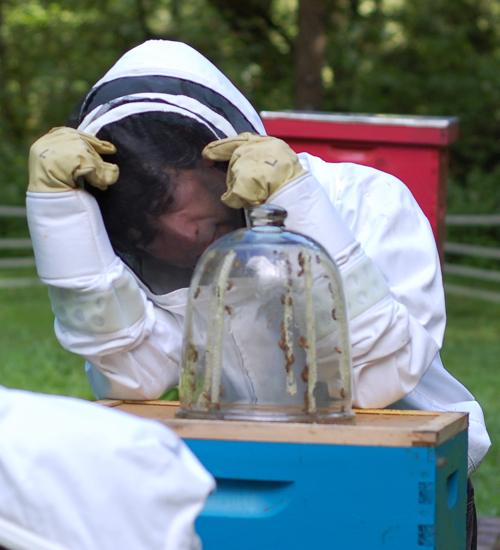
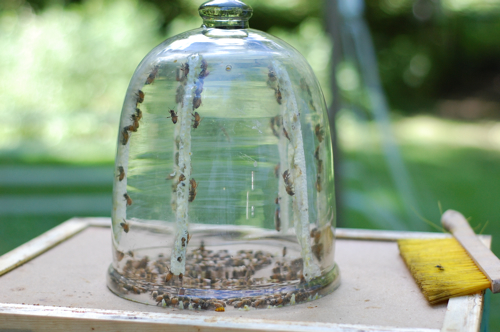
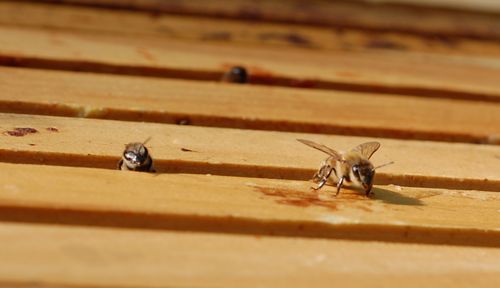
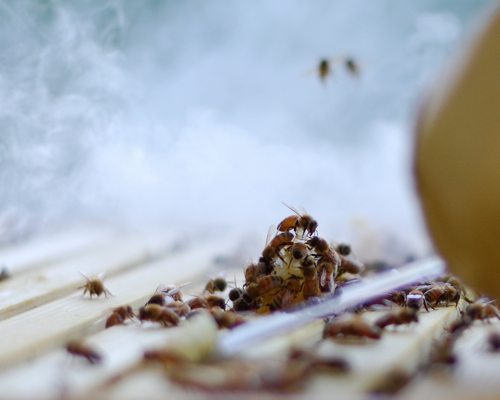









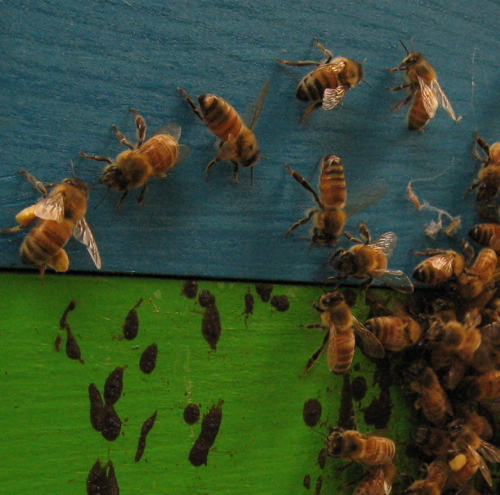 I know the reports for allergy sufferers has been rough this spring, but our bees our loving it. They are returning to the hives with massive pollen baskets. All four hives are still going strong this spring. I think this early spring allowed us to open them up early enough to get them ventilated and get a head start on the brood and set up for this summer's honey season.
I know the reports for allergy sufferers has been rough this spring, but our bees our loving it. They are returning to the hives with massive pollen baskets. All four hives are still going strong this spring. I think this early spring allowed us to open them up early enough to get them ventilated and get a head start on the brood and set up for this summer's honey season.
